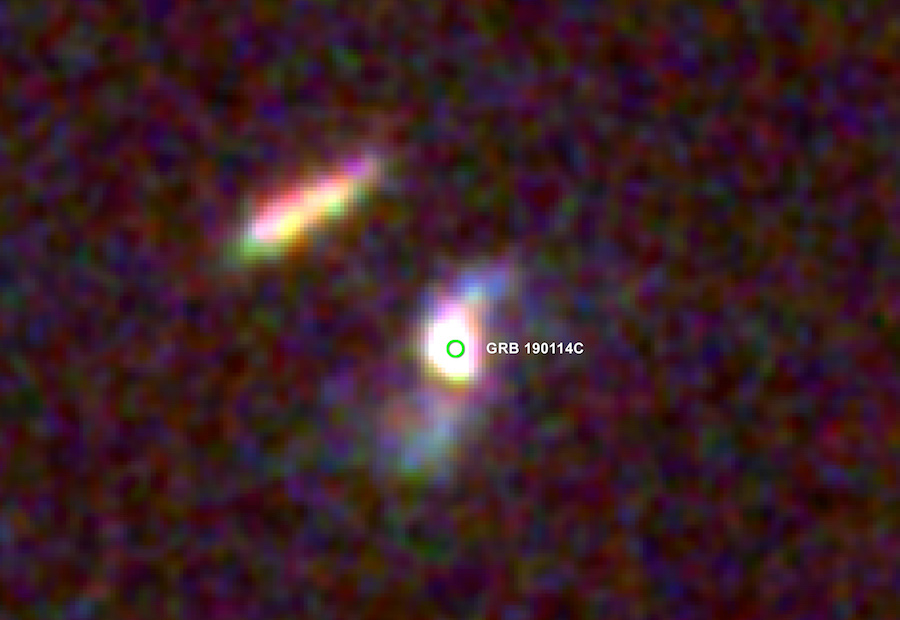The Department of Energy plans to announce today that scientists for the first time have produced a fusion reaction that creates a net energy gain. It’s been a long, sought-after milestone that could eventually lead into developing an infinite clean energy source and end a reliance on fossil fuels.
GW faculty experts are available to offer insight, analysis and commentary on this development. To schedule an interview, please contact GW Media Relations at gwmedia gwu [dot] edu (gwmedia[at]gwu[dot]edu).
gwu [dot] edu (gwmedia[at]gwu[dot]edu).
Philippe Bardet is a professor of mechanical and aerospace engineering. His research focuses on experimental fluid mechanics and nuclear thermal hydraulics. He specializes in developing new laser-based diagnostics for multiphase and fluid-structure interaction flows. On-going research efforts include gas transfer in aquatic environments, plume dispersal in the environment, and seismic response of nuclear fuel assemblies. Bardet can explain what this work entails as well as speak to the significance of this development.
Saniya LeBlanc is an associate professor of mechanical and aerospace engineering. Her research lies at the intersection of materials science, energy conversion, and thermal transport. LeBlanc studies energy system resilience and how those systems integrate energy from different sources. She can speak to the overall significance of this development and what would it mean to integrate this new type of energy into the mix.
“We need an ‘all of the above’ approach to the energy transition because the need is so pressing and immediate with long-lasting impacts. That means every technology that gets us closer to a clean, diverse mix of energy resources is a step in the right direction,” LeBlanc says. “We have the benefit of learning from our past behavior. Historically, we haven't made energy transition decisions (planning, policy, and action) with technology lifetime factored into the decision. What's exciting about the fusion breakthrough is that it gives us a clear possibility for long term energy transitions.”
LeBlanc adds, "We know the clean energy technologies du jour - solar, wind, and battery storage technologies - have set lifetimes. Certainly, we will continue to improve these technologies. At the same time, we need to plan for the next energy transition and have the foresight and vision for major technology advancement, not simply incremental progress on existing technology. For instance, the current solar PV panel lifetimes are specified at 20-25 years, so what comes next? That's why this fusion breakthrough is so exciting. It is the first step in the next paradigm shift in how we sustainably deliver the energy services that improve the quality of human life."
-GW-



